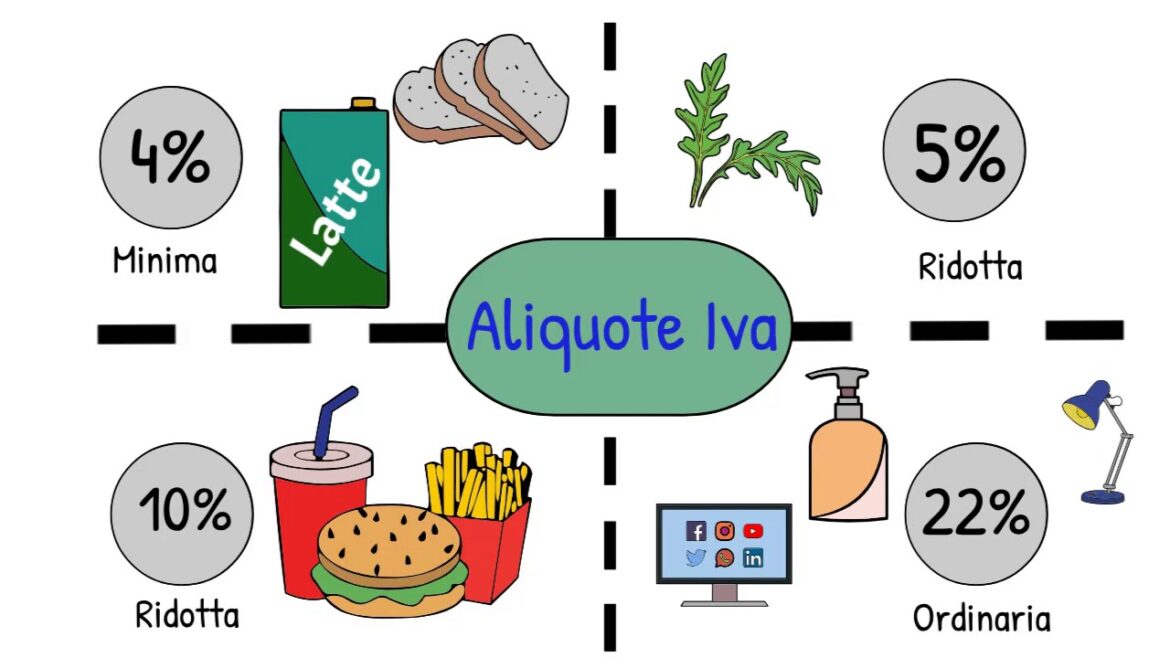What Is an IVA?

An IVA is a type of debt relief scheme in which you pay a low monthly payment to your creditors in return for them accepting a reduced repayment plan. The process is not without its risks. Your creditors can refuse to accept the proposal if they believe you cannot meet the repayments. Your IP can help you find a suitable lender. It is also a good idea to seek advice before making any decisions about your finances.
IVA technology can free up human agents to handle more complex customer issues, such as renewals or payments. It can be used to process payment over the phone or to manage subscriptions. It can also ensure compliance with HIPAA and PCI regulations. Moreover, you can use IVA technology to automate tasks that would take too much time for human agents.
An IVA will eliminate a considerable part of your unsecured debt. However, the amount of your debt will depend on your circumstances and the length of the plan. Usually, you will have to pay a small amount into the IVA every month, which will be taken from your disposable income. Once you’ve worked out your incoming and outgoing expenses, you’ll know how much you have left to pay your creditors.
If you can’t repay your debts, an IVA is a good option for you. It helps you get back on your feet and start afresh. Most employers won’t ask about your insolvency, and your employment contract won’t be affected. If you’re self-employed, an IVA will give you a new financial start. The plan will also help you to rebuild your credit rating.
IVAs are not suitable for everyone. You can still end up filing for bankruptcy after completing an Individual Voluntary Arrangement if you don’t meet your repayments. However, there are many other options available. One of the benefits of an IVA is that it is legally binding, so creditors cannot take further action against you.
Taking on an IVA is a legal way to take control of your debts and repair your credit score. This type of debt relief program is different from bankruptcy because it doesn’t deal with student loans, fines, child support, or any other type of debt that can’t be written off. The downside of an IVA is the high costs, and this makes it a less attractive option for those with smaller debts.
Another drawback of an IVA is that it limits your ability to get credit. Lenders look at credit information to determine whether the person is likely to pay back the loan. A previous IVA will show that you have a problem paying back debt. As a result, lenders will be less willing to give you credit if you have a history of debt problems. It is also likely to increase your interest rates.
When choosing an IVA, it is important to make sure it is right for you. A good way to know if it is right for you is to seek expert advice. Once you’ve discussed your financial situation with an expert, you’ll be able to make an informed decision on whether an IVA is a suitable solution for you.
What Is an IVA? was first seen on Apply for an IVA
